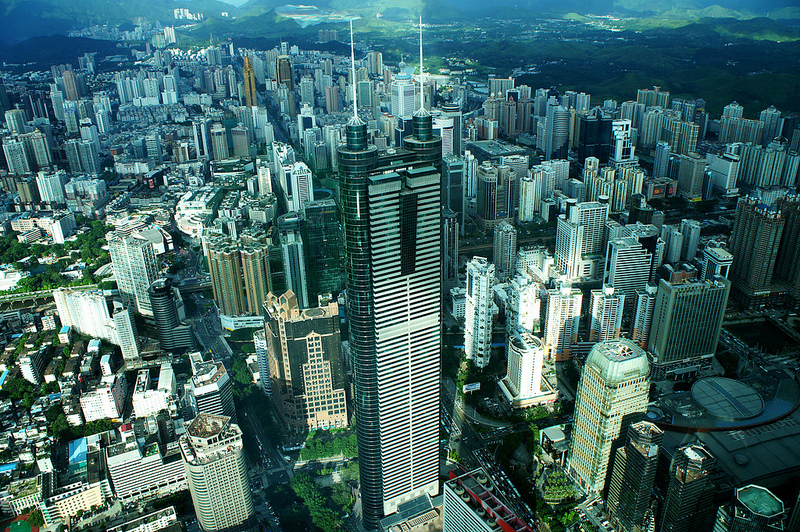
Shenzhen
Just across the border from Hong Kong, this megacity of 15 million is New China at its finest and most frenetic. A sleepy farm town just a few decades ago, Shenzhen has exploded into the center of Southern China’s manufacturing, technology and financial industries, drawing young people from all over the country. Many Hong Kongers come to Shenzhen for its cut-rate tailors, cheap nail salons and bountiful shopping malls. But Shenzhen’s got much more than that. We love the kitsch-tastic Window of the World, a theme park featuring miniature versions of hundreds of global landmarks, including a 1/3 scale Eiffel Tower. For more highbrow pleasures, the warehouses-turned-galleries of OCT Loft showcase some of China’s best up-and-coming contemporary artists.
Hangzhou
Though the name may not ring a bell for most Western travellers, this east coast city has been inspiring poetic verses for thousands of years. Set amid the misty emerald hills over Hangzhou Bay, it’s famed for its West Lake, whose willow-lined banks and ancient pagodas make for an endless photo op. Rent a bike and take a spin around the shores, stopping to watch impromptu opera performances or lunch on vinegar-spiked lake carp, a Hangzhou specialty. The city’s bike hire scheme is one of the world’s best and the streets are relatively bike-friendly, so take advantage – this is a rarity in China.
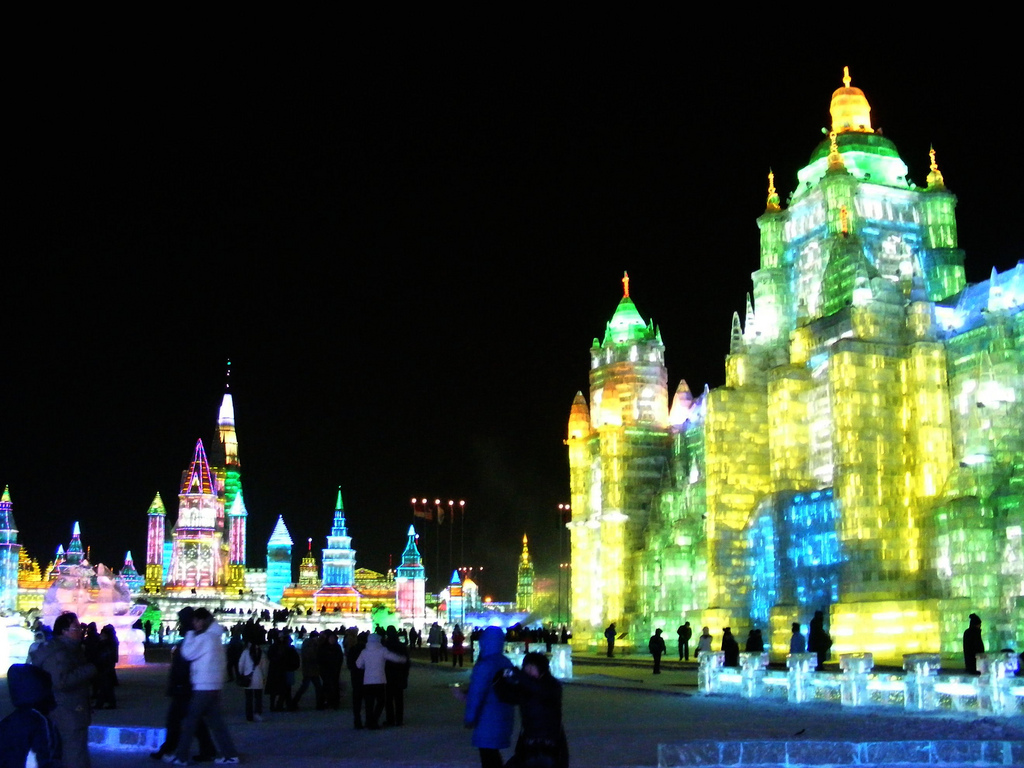
Harbin
In the far northeastern province of Heilongjiang, Harbin turns its bitter coldness (winter temperatures can be as low as -40C) into an attraction. Each January and February the city hosts the International Ice and Snow Sculpture Festival, with fantastical ice sculptures of famous world monuments on display. Past highlights include a life-size Forbidden City, a sphinx and the Kremlin, all carved from blocks of ice and illuminated with disco-esque neon green and pink spotlights. At any time of year you can explore the city’s unique Russian and Jewish heritage. In the 1920s, Harbin was home to some 20,000 Jews, the largest such community in East Asia. Today you can still visit the old synagogue, now a museum.
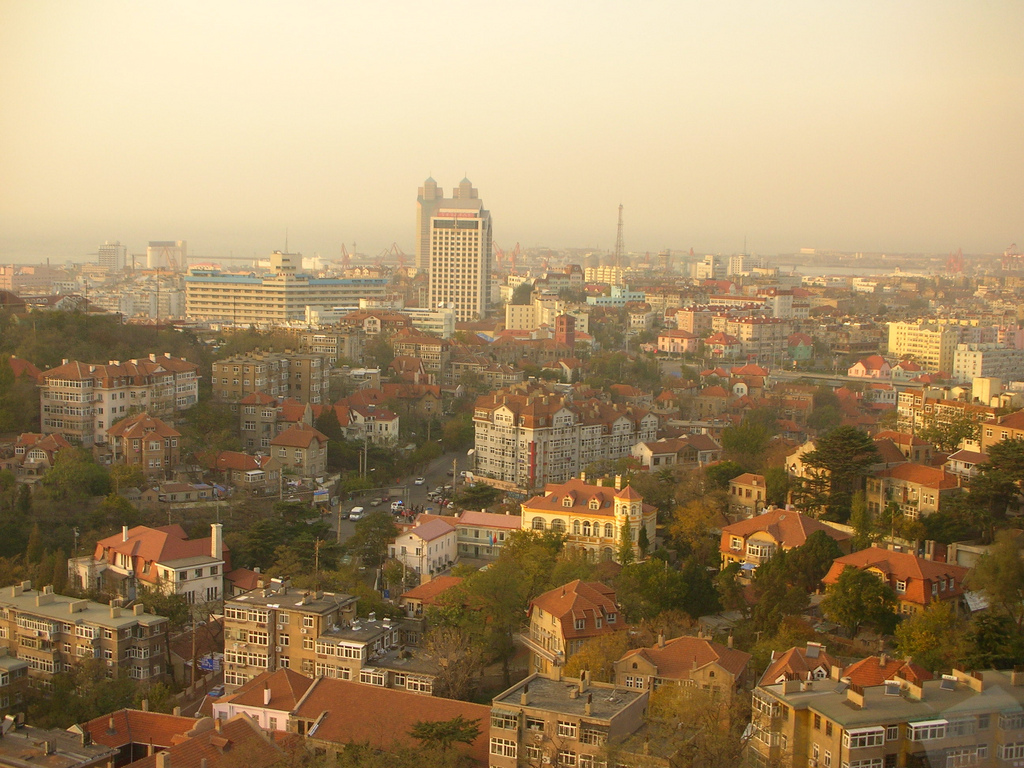
Qingdao
Many foreigners’ only familiarity with this eastern China city comes from having downed a pint of Tsingtao, the oft-exported local beer. What few know is that Qingdao’s famed brew is the result of the city’s unique German heritage. A German colony in the early 20th century, Qingdao still bears photogenic traces of the era – the art nouveau Governor’s House Museum is one of the best examples. Winding stone alleys and multicultural street markets make for happy afternoons of aimless wandering. Hopheads can tour the Tsingtao Brewery, now a modern building featuring exhibits on the city’s German past. And yes, there are free samples.
Xining
On the edge of the Tibetan plateau, this city of 2.2 million has one of China’s most interesting cultural mixes. More than 37 ethnic groups call Xining home, including substantial populations of Hui (ethnic Chinese Muslims), Tibetans and Mongolic-speaking Tu people. Check out the superb Tibetan Culture and Medicine Museum, featuring a 618-metre-long Thangka (Tibetan sacred scroll), the world’s longest. The Dongguan Great Mosque can attract up to 50,000 worshippers for its Friday prayers, and is worth a visit for a stroll around the grounds. Then, of course, there’s the food – sample Tibetan momos (dumplings) and yak butter tea, halal favourites like lamb kebabs, and local-style chilli-laced hotpot.
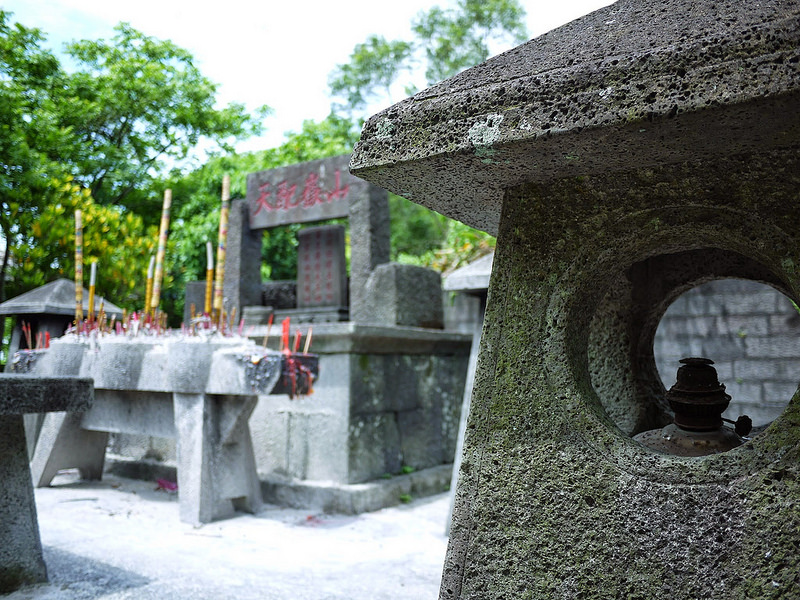
Haikou
On the island of Hainan, this laid-back city has a tropical vibe and easy access to miles of South China Sea coastline. Haikou highlights include wandering the charmingly decaying alleys of Haikou Old Town, checking out the vast history museum, and daytripping to the nearby Volcanic Cluster Geopark to explore an extinct crater and see villages made of lava rock. For dinner, the elegant colonial arcade known as ‘Snack Street’ is one of our favourite places in China to try street food. Sample regional specialties like coconut rice, stuffed papaya, and garlicky cockles.
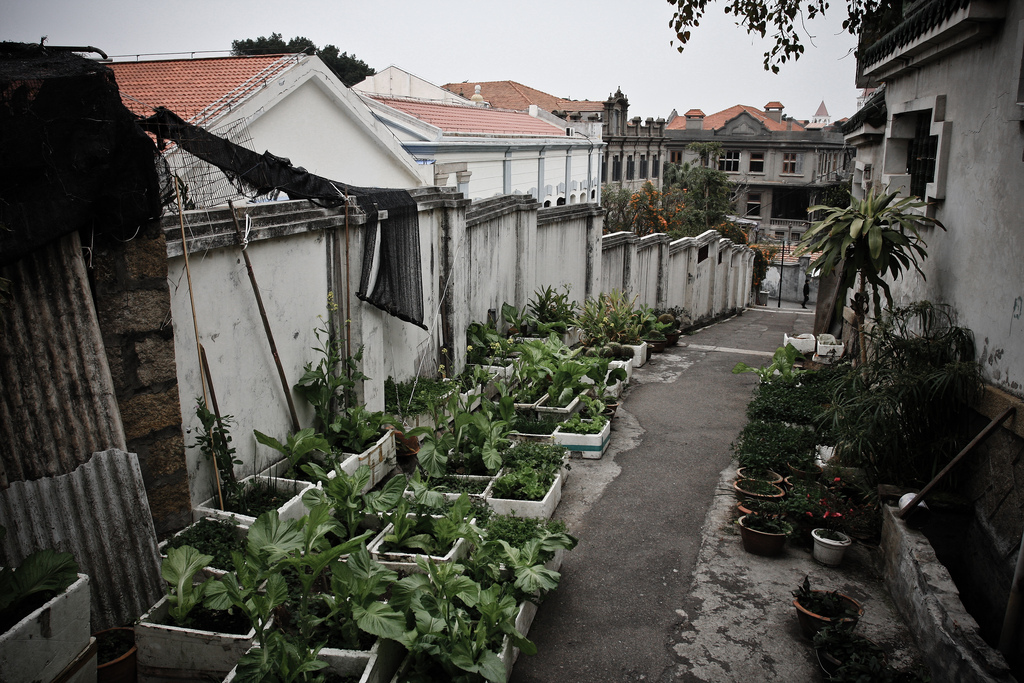
Xiamen
Lantern-lit alleys, red-roofed colonial buildings and luscious subtropical gardens make this affluent Fujian port city one of China’s most charming. Your first order of business: hop on a boat for the five-minute ride across the harbor to Gulang Yu, the jewel in Xiamen’s crown. This tiny island was once a designated ‘International Foreign Settlement,’ and today operates as a sort of European cultural theme park. Its streets are lined with colonial villas, piano music tinkles from speakers, and cafes will serve you an Earl Grey while you recline on an antique settee. Back on the mainland, take a stroll around the classically beautiful campus of Xiamen University, funded with money from the many Fujianese who made their fortunes abroad.